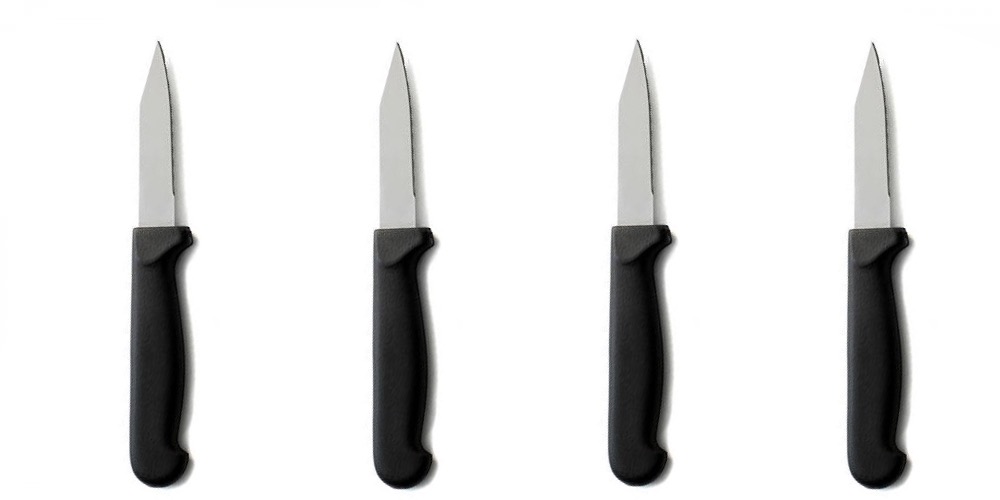In simple words, a paring knife is a miniature chef’s knife; however, its uses differ very much, to say the least. Comprises of a short blade ranging in length from 2 to 4 inches, this knife is particularly designed to help peel vegetables and fruits and also handle your smaller tasks. No wonder another name used to refer to this type is a peeling knife. But it doesn’t just end here. There are several more paring knife uses you are yet to know.
Continue reading to find out!
Paring Knife Uses and Its Importance
The primary role of a paring knife is to peel off the skins of vegetables and fruits. A peeler is used to do the same job, but it lacks the perfectionism offered by the knife. The paring knife is famous for the precision that allows the users to excel at any task, including scoring patterns, coring apples, deveining shrimps, removing sausages’ casings, and anything else that demands intricacy and detailing.
Another incredible benefit a paring knife offers is its portability. Due to its compact size, this essential kitchen utensil becomes easy to carry around. You don’t need to worry about bringing a perfect knife to a picnic or a BBQ party anymore that is capable of performing multiple tasks.
Difference between a Paring Knife and a Chef’s Knife
The most apparent difference between a paring knife and a chef’s knife is their blade size. While an ideal paring knife has a blade length lying somewhere in between 2 inches to 4 inches, the blade of a chef’s knife should be between 7 to 12 inches.
Where the chef’s knife owns a larger blade, the paring knife features a larger handle. This gives the users more control which allows for more focus. The chef’s knives are used to cut, chop, and slice larger-sized ingredients, while a paring knife is best for smaller items.
Difference between Paring and Utility Knives
In between the blade size of paring and a chef’s knife lies the utility knife’s blade. Its length varies from 4 inches to inches, depending on the brand you purchase. Because a chef’s knife is more of a professional thing, people tend to use a utility knife every time a paring knife seems too small for a task.
A common factor between the two is their handle design. While there are various options available, including the Japanese-style octagonal handle, paring, and utility knives are typically equipped with western-style handles. They are more ergonomic and hence offer the users more control and a comfortable grip allowing them to cut through different ingredients easily.
Conclusion
Being knowledgeable about the different types of knives and their uses is important before you go and make your purchase. When you have a clear understanding of the various uses of each type, you can get into action without any difficulty. Since a paring knife is the smallest type available, it may seem that it doesn’t have an essential function in your everyday kitchen tasks. However, as soon as you start bringing it into use and get the hang of it, you’ll be amazed by how versatile this tool is.










